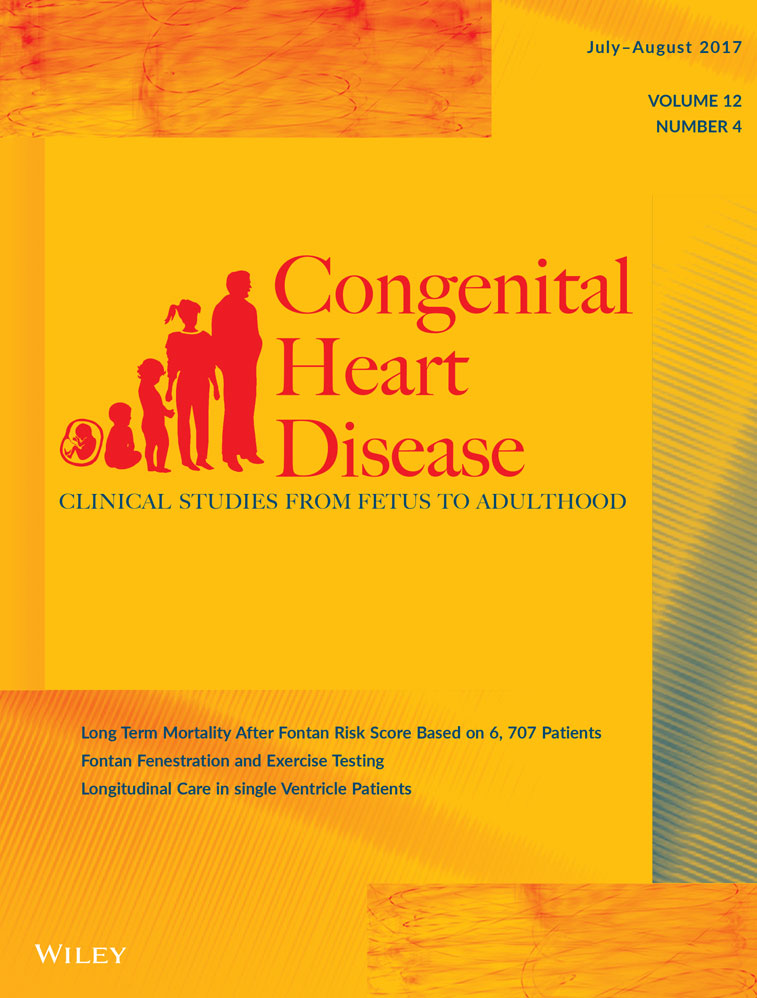Systolic ejection click versus split first heart sound: Are our ears deceiving us?
Abstract
Objective
Bicuspid aortic valve (BAV) disease is associated with potential lifetime complications, but auscultation of a BAV click is commonly missed or mistaken for a benign split first heart sound. Our objective was to determine whether pediatric cardiologists could reliably distinguish between BAV clicks and benign split first heart sounds.
Design
Quality evaluation project using de-identified recordings from an outpatient pediatric cardiology clinic.
Outcome Measures
Twenty-one cardiologists listened to five de-identified recordings of pediatric heart sounds (three with BAV clicks, two with mitral components of benign split first heart sounds) and indicated whether they believed each recording was a BAV or split first heart sound. The accuracy of diagnoses was determined using percent agreement and calculated kappa coefficients for the cohort and subgroups based on those with less than 10 years of experience versus those with ≥10 years. To assess precision, a kappa extension was used for multiple raters to assess interrater agreement.
Results
Among participants, diagnostic accuracy of BAV click was 38%, while accuracy of split first heart sound was 41%. No participant correctly diagnosed all sounds. No difference in agreement was observed when stratifying by experience. Kappa was −0.11 (CI 95% −0.31 to 0.08) for all raters, −0.03 (CI 95% −0.39 to 0.33) for those with less than 10 years' experience, and −0.15 (CI 95% −0.38 to 0.08) for those with ≥10 years' experience. The kappa statistic among the 21 raters was 0.01 (95% CI −0.03 to 0.04), indicating poor precision among the raters.
Conclusions
In this sample of pediatric cardiologists, the diagnostic accuracy of BAV clicks versus split first heart sounds was worse than chance. There was no association between years of experience and diagnostic accuracy. While further study is needed, these data suggest that an echocardiogram may be valuable when either a systolic ejection click or split first heart sound is heard.




